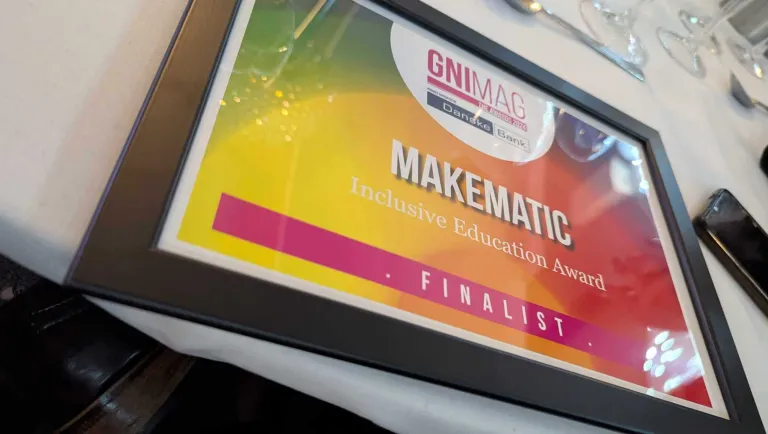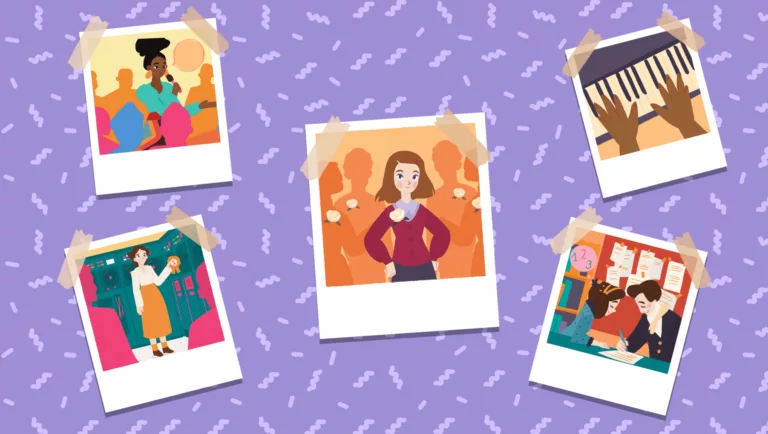
Try Putting Down Your Device For A Day
In 1946 Edgar Dale who was an American educator, developed the Cone of Experience also known as the Learning Pyramid. It has become a staple of the education sector. It examines how learners retain knowledge after interaction with different types of media.
Human beings retain 5% of information from lectures, 10% from reading, 20% from audio-visual, 30% from watching a demonstration, 50% from engaging in group discussion, 75% from practising what they have learned, and a whopping 90% from teaching someone else immediately.
In parallel to this, VARK Modalities are at work - (Visual, Aural, Read/Write, and Kinaesthetic sensory modalities that are used for learning and retaining information.) Fleming and Mills (1992) suggested that there were four learning modalities and that by appealing to a particular learning modality with a certain student, there are improvements in overall learning attainment and retention of knowledge by that individual learner.
Their VARK model and inventory explain how different people use different senses to learn and retain information.
They claim that visual learners prefer to see imagery other than words in their learning experience. These could be simple pictures or graphs or diagrams and symbols.
Auditory learners best learn through listening to lectures, recordings, and other aural formats.
Tactile/kinaesthetic learners process and retain information by moving, touching, and doing via active exploration of the world through experiments, projects, and other hands-on experiences.
Fleming and Mills’ model dictates that those who identify and focus on their optimum learning style can improve their overall outcomes. It should be noted though that many of us function in multi-modality modes which means we may crossover into two or more of these learning preferences.
Simplifying VARK theory, here is something that can be tried out amongst friends. Ask someone a question, and if they raise their eyes looking for an answer, they are probably visual. If they look to their side, the chances are they react very well to aural stimulus. And those who look downwards are generally kinaesthetic.
As the father of two post-millennial boys aged three and six, I take a keen interest in how they process and retain the information that they need to know. It’s important for me to get my head around this, so that when I’m told that a maths textbook is boring, or a new reader tough, I can find a way to lead them through the difficulties they face. And the result? Edgar Dale, and Fleming & Mills aside, they are very different to you and I, something I hear from the majority of their friends’ parents too.
Whilst both of my children have been brought up surrounded by an array of fantastic children’s books (my father worked for a children’s publisher and they have a fantastic book collection as a result), they both see Youtube and Youtube Kids as the number one media source for anything with which they want to interact.
In the case of my eldest, he has a thirst for knowledge and wants to know about everything there is to know! If we see dolphins whilst at the beach, when we get home, he wants to see dolphins on Youtube. If he is stuck on a maths problem which he has been set by his teacher, Youtube is his saviour with thousands of short and precise 1- and 2-minute clips covering everything he would need to know about his level of maths, in a format with which he can interact and digest.
For my youngest, Youtube is all about Blippi and Ryan’s World and videos of people enjoying themselves at numerous waterparks scattered around the world, all filmed in first person using personal on-board cameras. Due to the global pandemic and his young age, having never been to a waterpark, this is about as close an experience as he has been able to find to the real thing.
Both of my sons are theoretically retaining 20-30% of what they see from watching Youtube videos. Both are people who react best to visual stimulus and this increases their overall experience. In the case of my eldest, I believe he is retaining a much higher percentage, because he always discusses with us afterwards what has seen, and he often wants to teach us what he has learned.
Over the past 20 years we have experienced the massive growth of the networked economy which has led us to the point we are at now, where on the simplest levels, without an internet connection and access to a device, most of us would feel extremely vulnerable and not quite sure what to do with ourselves in our everyday life.
Try putting your phone, tablet, and laptop away for a day and see what happens for you.
Research would become near impossible – have you seen the research section of your local library recently? Finding our way from A to B would be tough – when did you last look at a map? News headlines would be out of date by the time we read them and given the nature of how we are living through the global pandemic on our multiple screens, we would feel isolated and alone. Overall, we would find it difficult to interact with each other, and “reading” would become an exceedingly difficult thing for most of us to do.
In whichever sector of the publishing industry we examine, overall, it can be argued that the publishing sector is almost solely engaged in the transfer of knowledge to its consumers.
Educational publishers educate.
Academic publishers carefully report peer-reviewed research and the data that the research contains.
Professional publishers help make sure that standards in business are kept at their highest level.
General and trade publishers teach us lessons about the world around us or support us with our passions, hobbies and interests.
But at the same time, the publishing sector largely ignores the impact that audio-visual stimulus has on its target market - 20%-30% retention of knowledge versus the 10% imparted by reading alone according to theory which has stood the test of time since 1946, and more if we factor in generational differences which occur because technology is moving us all on.
There is nothing better than getting into a good book, but the book, print or e, should be one of several different formats that we publish across our lists. I am seeing that at a time when there’s great consolidation within the industry, with majors becoming bigger and more streamlined, those who are going to influence consumers in the future are the ones who have seized this new opportunity to appeal to a consumer with a whole new different set of needs.
For many years, I haven’t seen the point of a future which involves publishing a book or article but just not printing it on paper, instead distributing an e-file of what the printed page would be. What new market does this bring in? I’ve yet to be persuaded that a new audience is growing, and cynically, it was a format dreamed up by massive global e-retailers who needed to secure the channel to the consumer in order to guarantee their own future growth and success.
But those publishers who experiment - a combination of print, e, audio and video, are the ones who will persuade my post-millennial sons to part with their hard-earned pocket-money and future earnings from work. Just try putting down your device for a day!
Let's Work together


Makematic Partners with Rebel Girls for New Video Series

